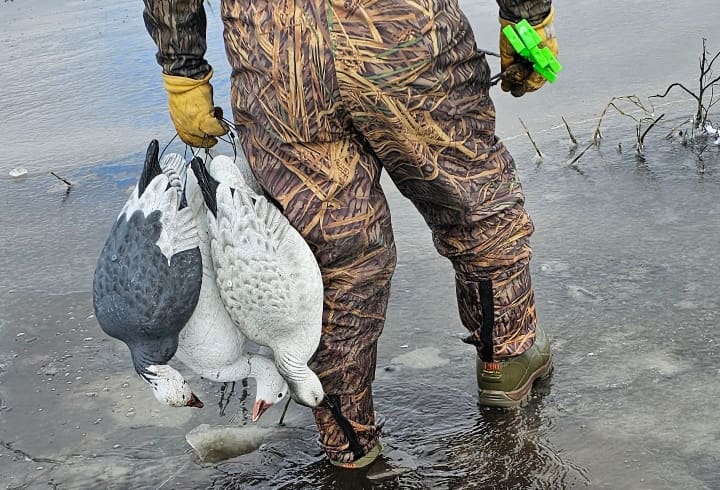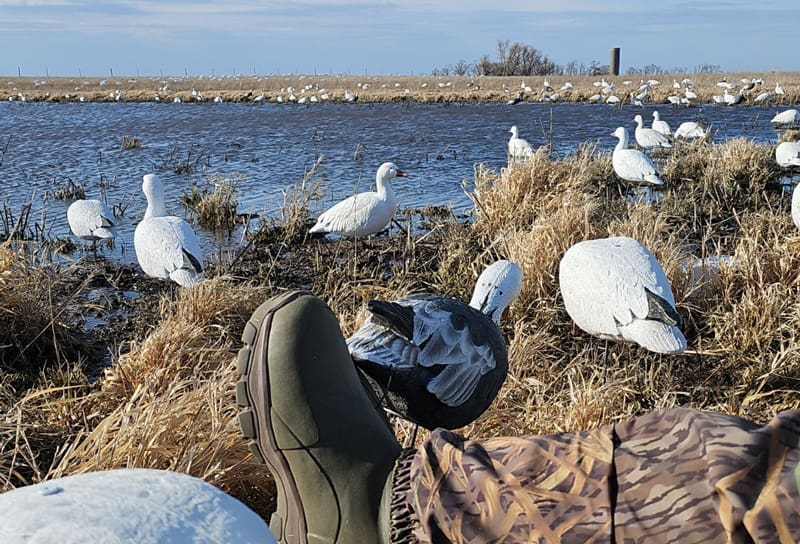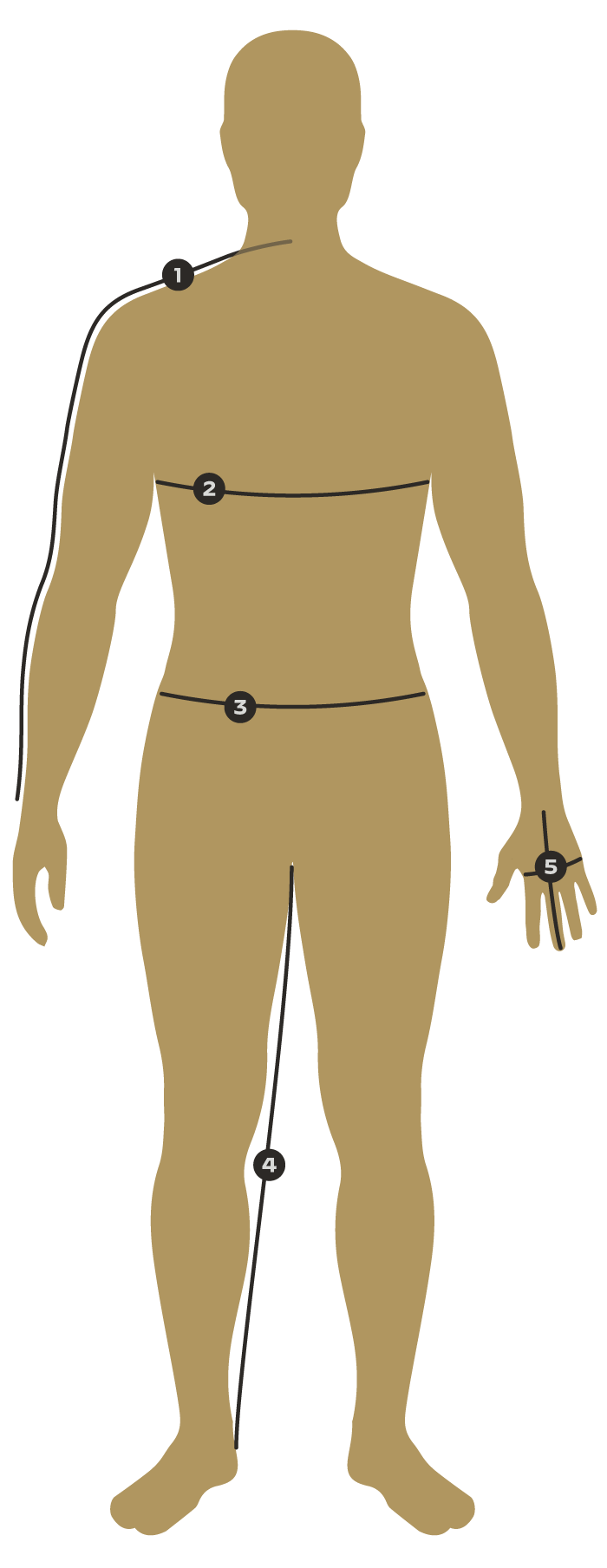Offseason Care And Storage For Your Goose Hunting Gear
Much to the disappointment of hunters across the U.S., goose and duck seasons come to a close each year…
So, what do you do to take care of your gear until breaking into another season? We talked to a seasoned goose guide on this topic.
“I don’t know if anybody would want to replicate my systems for cleaning and storing my goose hunting stuff, but I am working on a cleaner version of what I’m doing now,” says goose guide, Duncan “Dunk” Abram of Pit Properties in west-central Minnesota.
“Since I have limited room at the homestead—and hate to move my stuff 12 times a year—it pretty much sits in an enclosed trailer, packed cleanly, neatly, and totally organized. Only problem is I must unpack everything if I need to use the enclosed trailer during offseason for something else.”
Dunk continues: “But what I am going to do is buy a big, 40’ storage container, which you can get bought and delivered for somewhere around $2500. If you try to find one yourself, then you’re looking at getting a truck and giant trailer with 1000-pound winches, like a 40-foot tilting flat bed, and the whole thing can be a hassle and added expenses.”

Dunk says you can easily put a few 40-footers in most backyards and have plenty of room for “lots and lots of decoys” and everything else – even wiring them up with electricity. “You can’t build a decent shed for that,” laughs Dunk.
Putting Away Goose Decoys & Such
But before any goose hunting gear even gets put away, Dunk is pretty particular about cleaning everything he owns related to goose hunting.
“With decoys, it’s pretty much a deal where you’re spraying them with water and letting them dry. But you don’t always have to do all your decoys. If you have a muddy spring, then you’re going to have to wash everything. And it also depends on how your clients and hunting buddies treat everything when it’s out in the field.”

Dunk chuckles: “A friend of a friend came out snow goose hunting with us and he ran a four-wheeler through the spread in the middle of the night after we had it all set-up perfectly. There was one muddy spot in the spread, and he ran right through it dirtying up a bunch of decoys. But things happen.”
Dunk continues: “I throw enough decoys around that I just end up chucking ones that get too dirty and broken. But out of my last 500 Hardcore snow goose decoys, I’ve only had one tail break—and I’ll hammer-throw ‘em as far as I can.”
Dunk also has a lot of socks and motions, which get more use the farther north he travels following snows each year.
“I’ve also got a ton of flyer decoys and rotaries and all that stuff, which we really want in some situations to draw the juvies in, which are susceptible to that kind of gear. The adults see it and laugh. But I’ve got a ridiculous circus of decoys, all kinds. And I’ve got lots of machines and batteries, too.
Speaking to those decoys, he washes them and cleans them by hand, bringing the lithium batteries inside a heated building to charge and maintain during the offseason.
Dunk doesn’t run lay-out blinds, preferring pits and panels—especially panels when he’s traveling and hunting on-the-road.
“I have nothing against lay-out blinds, but with an enclosed 16-foot trailer, everything gets pretty tight.”

Guns & Ammo
Dunk cleans all his guns thoroughly and stores his ammunition in plastic ammo cases or ammo cans—both apart from each other—guns in custom safes for safe keeping.
Hunting Apparel
When it comes to his hunting wear and boots, Dunks says most of it gets used all year, so he doesn’t pack his apparel away for the off-season. “I guess the exception is that some of the really specialized stuff gets cleaned and hung up, and I don’t necessarily wear it for work around the place during offseason.”

